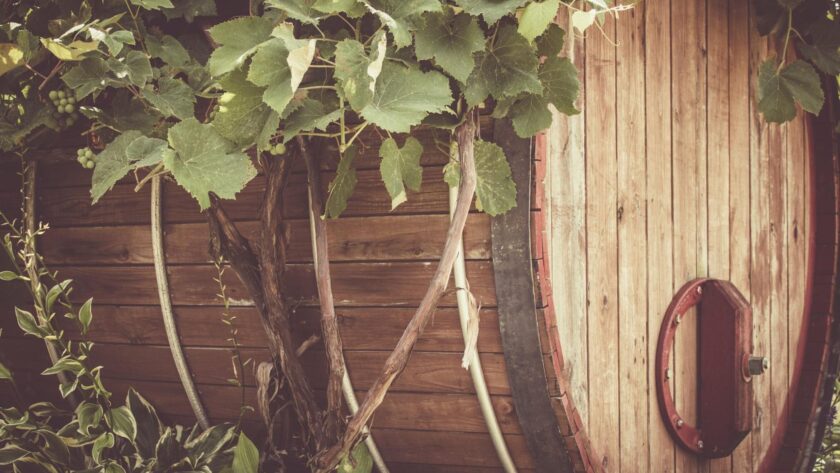A Drop of History: 6 Fascinating Facts from the History of Winemaking. Many people secretly daydream about buying a derelict winery and restoring it to its former glory. They notice every grape harvester for sale in their area and gaze off wistfully into the distance every time they visit a winery for a tasting. If you can picture yourself standing on a hill you own gazing down at your lush vineyards as the wind tousles your hair, then you can probably sympathize with these daydreamers. You’re also in the right place as we created this article with wine-loving dreamers like you in mind.
Read on to discover six fascinating little-known facts from the history of wine-making.
1. Winemaking is an ancient art
It’s hard to date the practice of winemaking with any degree of precision. However, the oldest evidence we have for grape wine recipes is around 9,000 years old. This evidence comes in the form of an ancient Chinese recipe that called for a mix of grapes, fermented rice, and honey.
The oldest winery was found in a cave system in Armenia, complete with fermentation vats, wine jars, cups, a wine press, and remnants of seeds and vines. The artifacts have been dated to around 4,100 BCE.
2. Religion and wine are intertwined
You’re probably aware that Catholic Mass involves drinking communion wine that symbolizes the blood of Christ. However, religion and wine are deeply entwined in many ways. One of the lesser-known examples is the fact that we have an English clergyman to thank for the invention of the bottle opener. Reverend Samuel Henshall invented and patented the first corkscrew in 1795.
3. Fancy a sip of the world’s oldest wine?
If you took a fancy to the idea of tasting the oldest wine on Earth, you’d have to head to Germany’s Historical Museum of the Palatinate, which can be found in the city of Speyer. You’d also have to do a lot of breaking and entering to get your hands on the bottle, which is getting close to 1,700 years old. For your efforts, you’d be treated to a decidedly unpleasant drop. The world’s oldest wine has aged into a dark mass that swims in a strange milky liquid. All in all, we wouldn’t recommend it!
4. How many grapes are in the average bottle of wine?
Estimates vary depending on the wine and the winemaker. However, most experts agree the average bottle of wine contains anywhere from 400 to 800 grapes. Even the lower end of the scale is a surprisingly high number, especially considering how many people can easily consume a bottle (or three) in one sitting, depending on how many guests they have.
5. Antarctica has a wine country
We’ve all heard of the famous winegrowing territories in Italy, France, Chile, Peru, the US, and Australia, but did you know there’s a wine region in Antarctica? The region is admittedly small but successfully produces Riesling, Vidal, and Seyval Blanc varieties. Even more amazing still is the fact that penguins are a vital part of the circle of life in arctic vineyards. Flocks of Adelie penguins live in vineyards, and their droppings add vital nutrients to the soil.
6. Your wine vessel matters
If you’ve ever sipped wine from a mug and wondered why it’s less satisfying, there’s more to it than mere aesthetics. The shape of the glass affects the wine’s taste and aroma. Tall, narrow glasses are ideal for capturing the magic of sparkling wines, while wider bowls give red wines the space they need to develop rich aromas.
The facts above should serve you well whenever someone suggests a cheeky glass of wine.



